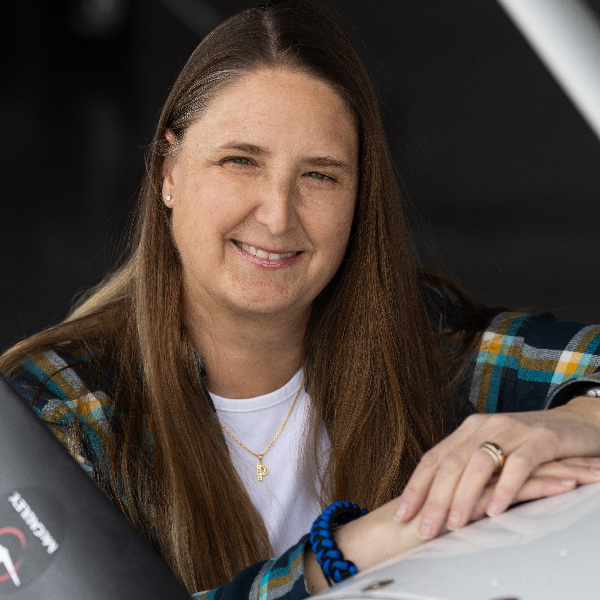Instrument time
Get the rating, keep on learning

That speaks to the recognition that the more you know, the better off you are. And an increasing number of pilots understand that an instrument rating can give them a critical and necessary skills edge to get themselves out of potentially hazardous situations, even if they’ve pledged to never go look at a cloud from the inside.
I asked some of my CFI friends about their thoughts on the matter, and how they would encourage their flight students toward an instrument rating.
“An instrument rating is extremely important for a private pilot because it just makes them a better pilot,” says CFI Jason Levine. “It allows them to have a true understanding of the entire aviation system and not just VFR flight.”
Instrument rating training and its subsequent checkride are not without challenges. After you complete your private certificate, where you’re encouraged to look outside the aircraft much of the time, suddenly you’re donning fogged-out glasses and are told that your attention must be fully inside the cockpit.
Levine says he notices right away whether a pilot is instrument-rated. “It’s in the finesse and understanding of the aircraft and navigation.”
“VFR flying weather is black or white—you either go or you don’t go,” adds CFI Adam Rarey. “IFR introduces a world of gray, literally.”
And along with those endless shades of gray outside the windshield come numerous risk factors, and additional decision-making requirements.
“You learn that you cannot blast off into any weather,” Rarey says. “You will still get stuck when the weather gets too low, and that’s OK! GA, even IFR GA, is all about the journey, not the destination.”
Having an instrument rating allows you to plan flights that your VFR-rated friends can only dream of, but the rating is not a “get-out-of-jail-free” card.
“While earning an instrument rating can greatly enhance safety and decision-making, it’s not a cure-all,” says Paul Deres, a CFII and AOPA Air Safety Institute vice president.
Visual flight into instrument meteorological conditions, or IMC, remains among the most-deadly causes of GA accidents overall. In 2022, the last full year for which comprehensive statistics have been compiled, all the VFR-into-IMC accidents resulted in fatalities. One-third involved an instrument-rated pilot.
There are a few reasons for that: Often, it’s the pilots’ lack of proficiency and/or currency in IFR operations, or they are flying aircraft not equipped to deal with the conditions, or a combination of both.
I completed my instrument rating in Nevada. All my instrument time is simulated, under a hood or behind foggles. Benign, non-thunderstorm-related clouds do not exist in the desert. So, while I can technically call myself instrument-rated, there is no way I’d go and tempt fate by purposely flying through the murk. At least, at first, not without another instrument-rated, proficient pilot at my side. But others might not be so careful.
“A lot of instrument pilots think they can now do anything because they have the rating, or maybe they push their aircraft too hard in dangerous situations,” Levine says. An instrument-rated pilot might continue into unsafe weather conditions when it could be wiser to turn around, or divert.
That’s what happened to a father and son in ASI’s Real Pilot Story “Trapped in the Hills.” Their inadvertent flight into IMC, even though one of them was instrument-rated, ended in disaster.
The rating is not an automatic Joker that allows you to go play in any weather, at any time. It’s simply a way to help you better manage a situation you may not have bargained for, on an otherwise well-planned trip.
“The rating provides tools, but proficiency and judgment keep pilots safe,” Deres says. 

 airsafetyinstitute.org/RPS/TrappedInTheHills
airsafetyinstitute.org/RPS/TrappedInTheHills

